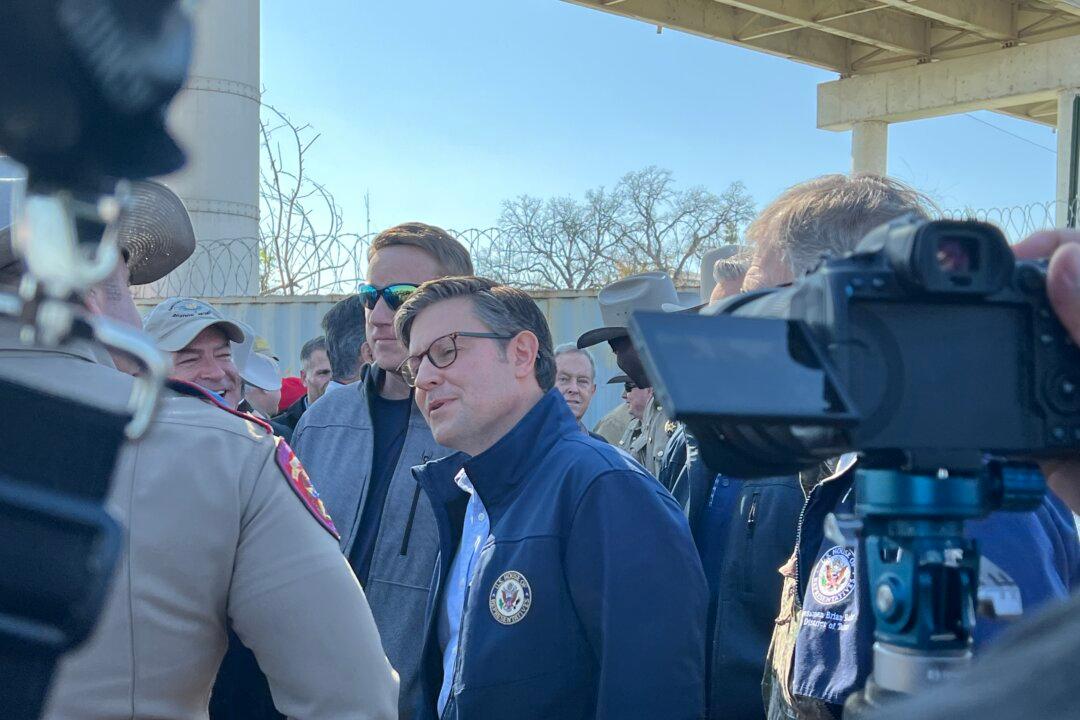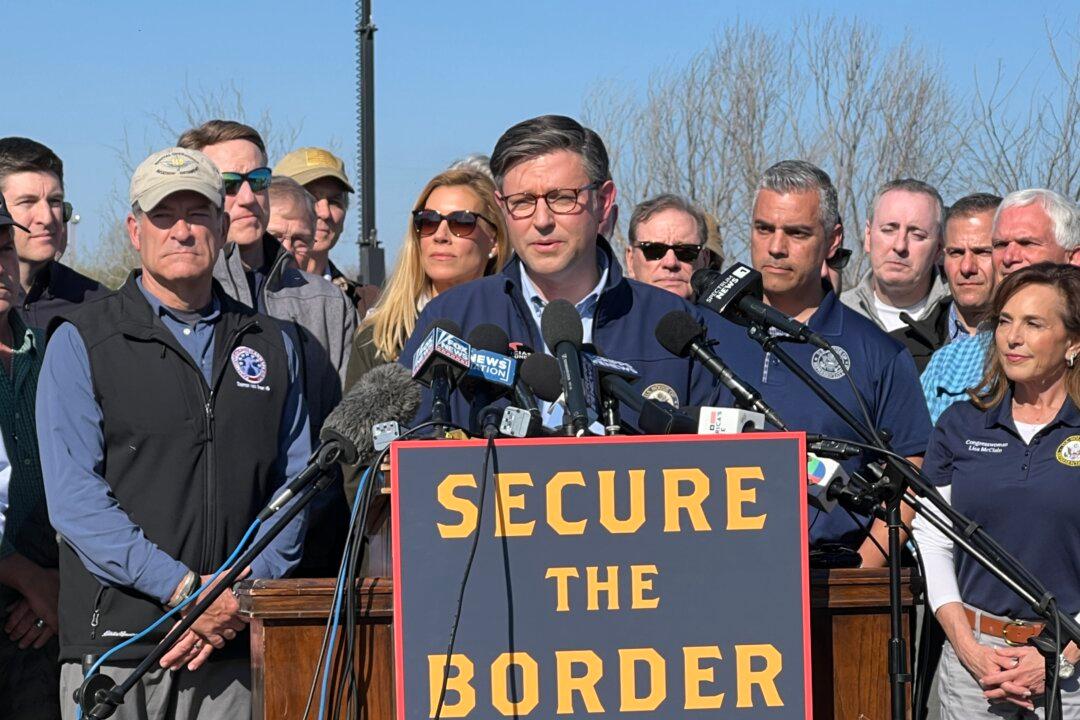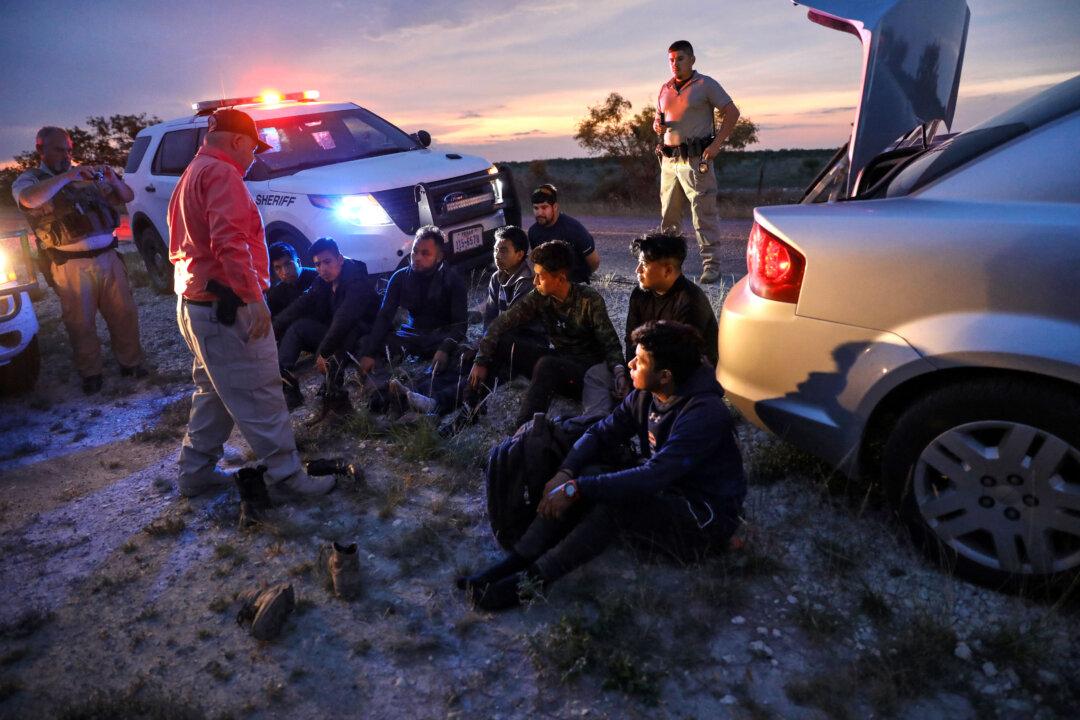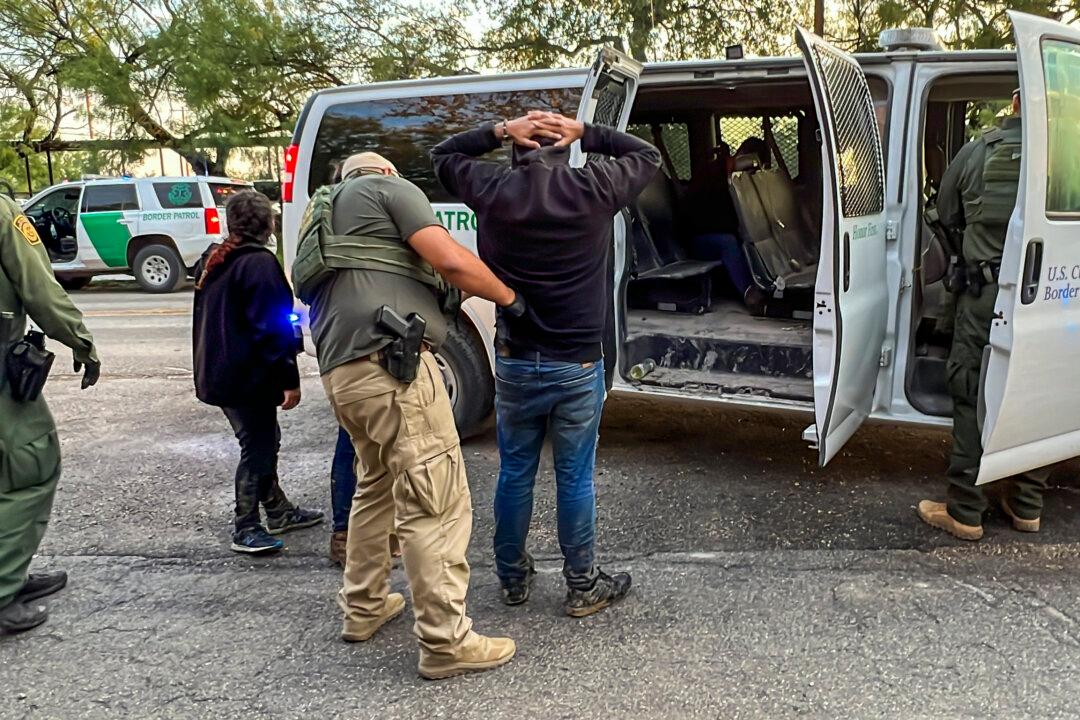President Donald Trump visited Border Patrol and viewed equipment such as a predator drone, surveillance truck, and a boat, in Yuma, Arizona, on Aug. 22, before an evening rally in Phoenix.
“We are building a wall on the southern border which is absolutely necessary,” Trump said at the rally, adding that Border Patrol staff told him that the fencing at the Yuma–Mexico border is vital.
“Now the obstructionist Democrats would like us not to do it. But believe me, if we have to close down our government, we’re building that wall,” Trump said.
Earlier in the day, Department of Homeland Security (DHS) officials touted the Yuma sector as a prime example of how securing the border through fencing, technology, and agents can heavily reduce illegal crossings.
The Yuma sector has a 126-mile border with Mexico and in 2005 was besieged with illicit border crossings.
“For three years, Yuma battled entrenched smuggling groups for control of the border,” said a Border Patrol video. “Mass incursions often left agents outnumbered 50 to 1. Agents were assaulted with rocks and weapons daily.”
In 2005, more than 2,700 vehicles crossed the Colorado River and open deserts, loaded with migrants and drugs, according to the video.
Apprehensions steadily increased to more than 138,000.





